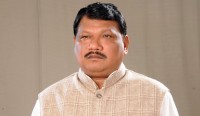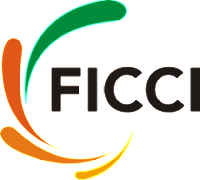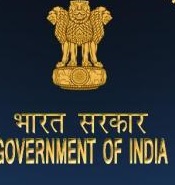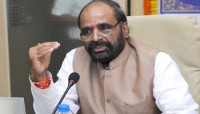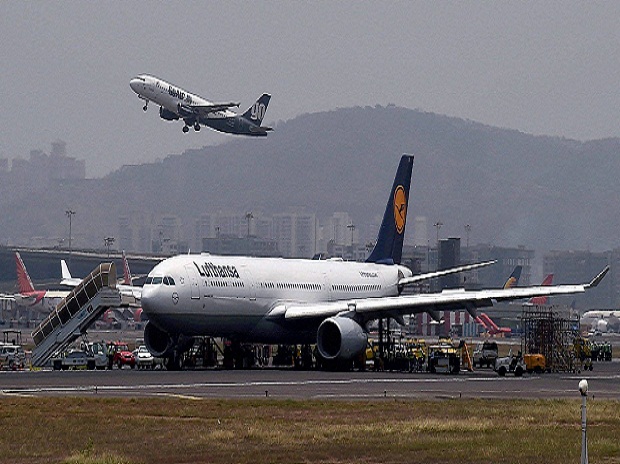A meeting was held by Dr. Rameshwar Oraon, Chairperson, National Commission for Scheduled Tribes (NCST) on 24.5.2016 with Chief Secretary of Odisha; Additional Chief Secretary of Chhattisgarh; Secretary, Water Resources, Govt. of Andhra Pradesh on issues relating to displacement of tribals and other local people in Devaragodhi, Polavaram Mandalam, West Godavari District and Pudipall Panchayat in East Godavari District, Andhra Pradesh due to construction of Indira Sagar (Polavaram) Multi Purpose Project on river Godavari, West Godavari District, Andhra Pradesh. Member Secretary, Polavaram Project Authorities, Ministry of Water Resources and Secretary (Land Resources) from Ministry of Rural Department were also present in the meeting.
While taking note of the fact that the matter is subjudice before the Hon’ble Supreme Court of India due to suit filed by Government of Odisha on 9.10.2007, NCST has observed that the project is under implementation since 1948 and compensation has been provided as per Land Acquisition Act, 1894 or Andhra Pradesh State Resettlement and Rehabilitation Policy 2005. The Commission further advised the following:
• Government of Andhra Pradesh should take into account the concerns / issues of Government of Odisha and Chhattisgarh.
• As pattas under the Forest Right Act, 2006 has not been conferred to displaced tribal families, Governments of Andhra Pradesh, Odisha and Chhattisgarh should take immediately action in this regard.
• Allotted Banjar land to project affected families should be developed by the concerned State Governments.
• State Governments were also advised to create a data base bank for issuance of Scheduled Tribes certificates to displaced families so that they are not put to any disadvantages position on their displacement.
State Governments were also advised to create a data base bank for issuance of Scheduled Tribes certificates to displaced families so that they are not put to any disadvantages position on their displacement.


